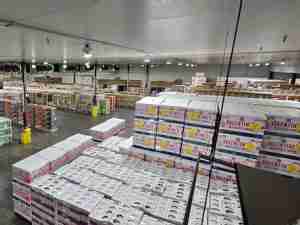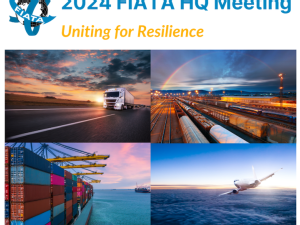The evolution of transportation and logistics has brought new challenges to the insurance industry. After some initial inactivity, there are a number of insurers now offering a variety of improved coverages that more adequately respond to the unique transportation exposures that exist today. Transportation risks are most likely an amalgam of hybrid exposures, which provide virtually any type of transportation service, anywhere in the world.
With the exception of ocean cargo exposures, the typical transportation risk has always had a limited marketplace from which to secure its required insurance coverages. There were never more than twenty of twenty-five specialty insurers who offered proposals for the transportation risk, and many of these limited their underwriting to just a few lines of coverage. After a decade of mergers and acquisitions, while there are now fewer insurers, those that survived are stronger and more capable of offering greater depth of coverages for the logistics industry.
Today's logistics distribution policies combine ocean cargo, transportation, and storage exposures in one basic form. To this policy can be added motor cargo, and warehouse exposures as well as a variety of extensions required by forwarders and motor carriers.
Terms of coverage are extremely broad routinely including most perils including flood and earthquake, and can be extended to include loss to goods in transit if they are seized or expropriated by a foreign power. They can, if the exposure is identified and purchased, provide recovery for loss sustained by piracy, now a somewhat common peril.
While the older coverage forms provide for payment in behalf of logistics risks, for claims for which they were legally liable, many do not provide for legal defense. The new forms provide defense coverage, and additionally amend traditional exclusions applicable to loss caused by employee dishonesty. Dishonest acts caused by owner operators or others to whom goods are entrusted, are now covered under the newer forms. This is a significant improvement in coverage that greatly reduces incidents of previously uncovered litigation expense.
The introduction of broad definitions of what is actually being covered is another welcome improvement. Terms now define property being covered as 'personal property of every description including leasehold improvements owned by the insured, and including goods of others not otherwise excluded herein, for which the insured shall be legally liable.' Virtually all property, excluding real property, can be covered. This will eliminate the need to purchase multiple policies to provide adequate coverage. Obviously, significant premium savings are realized when coverages are combined. Importers, exporters, carriers, warehousemen, distributors and consolidators can now look to improvement in coverage and reductions in premium costs.
The newer coverage forms can also be extended to provide errors and omission extensions for forwarders who ship freight to the wrong location, or who are otherwise negligent in the shipment of goods. Additionally the newer forms can be broadened to include consequential loss or damage coverage, a measure of damage heretofore limited to liability imposed under certain air waybills. Much will depend upon the insurance brokers ability to identify the client's exposure prior to a loss occurrence. Experience is critically important in your choice of the broker you use.
The insurance marketplace continues to afford policyholders an environment that is extremely competitive. With the notable exception of the AIG crisis, insurers appear financially sound. Tremendous capacity exists, and this results in a soft market for the buyer. You must seize upon this opportune time to solicit proposals from insurers that are out there, anxious to offer their best new products to you.









